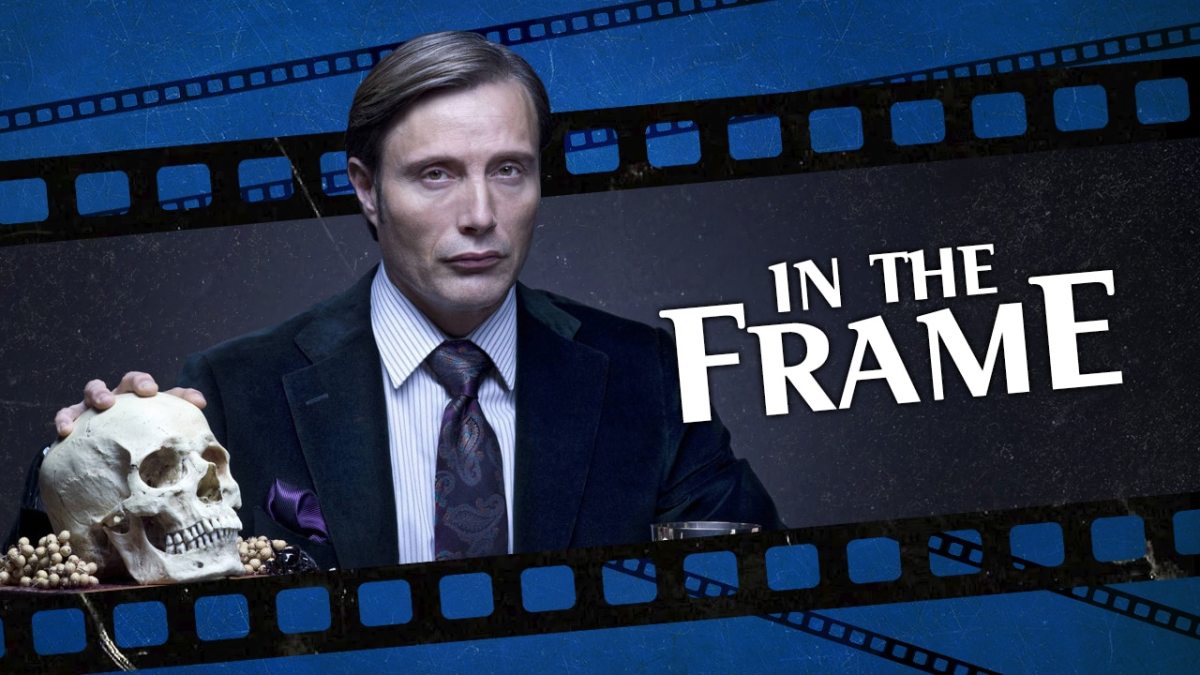Bryan Fuller’s Hannibal is the perfect adaptation.
Modern pop culture is defined by nostalgia. Established intellectual property is everything. It is not enough to make a new movie about tornadoes and sell it as a disaster film; Universal has to reboot Twister to capitalize on the brand recognition. Familiar names are twisted into awkward shapes, in the hope that something as esoteric as Charlie’s Angels might sustain a modern blockbuster franchise. There have been three separate live-action Spider-Man franchises since 2002.
By the time that Hannibal premiered in 2013, Thomas Harris’ fictional serial killer had already enjoyed several high-profile adaptations. Red Dragon, the book credited with inventing the modern forensic thriller, had been adapted twice – by Michael Mann as Manhunter in 1986 and by Brett Ratner in 2002. Jonathan Demme’s Silence of the Lambs swept the Academy Awards and made Anthony Hopkins a star. The rights to the follow-up novel sold for a record $10m.
However, there was a sense in which the cannibalistic serial killer Hannibal Lecter was a spent force. It has been implied that Thomas Harris wrote the last book in the series, Hannibal Rising, out of obligation rather than any creative impulse, for fear that somebody else would write an origin for the character. The book was adapted into a film in 2007, which garnered extremely negative reviews, fizzled at the box office, and picked up two Golden Raspberry nominations.
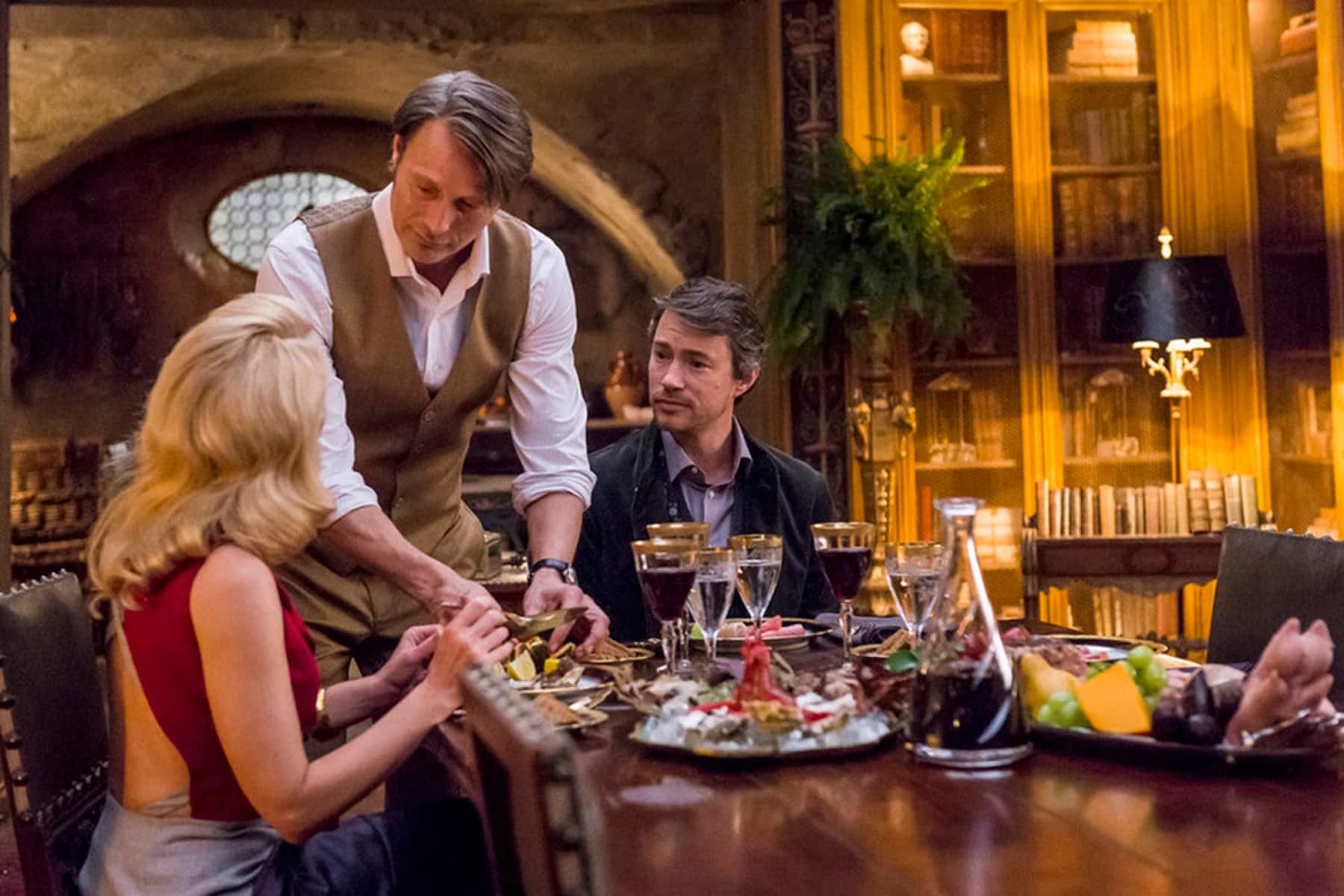
Of course, Hannibal Lecter would not be gone for long. The 21st century has seen an explosion in recycled pop culture. Blockbuster movies are more expensive and more reliant on opening weekends than ever, so audience recognition is an advantage. This even applies to television; with more viewing options available, providers compete for audience attention. This is why Amazon and Netflix resurrect shows with vocal established fanbases like The Expanse or Lucifer.
With so much money involved, these adaptations are often conservative. Hollywood screenwriting is shaped by models with proven track records. In the past, studios have leaned towards formulaic iterations of Joseph Campbell’s The Hero with a Thousand Faces or even Blake Snyder’s Save the Cat!. In recent years, it isn’t just a formula recycled, but entire stories. Critics joke about how often they’ve seen the same characters like Thomas Wayne and Uncle Ben die in variations of the same story.
This is the beauty of Bryan Fuller’s Hannibal. Conceptually, it runs the risk of falling into that habit of repetition or reiteration, regurgitating and reworking familiar stories repeatedly. Fuller famously had the rights to all of Thomas Harris’ books except for Silence of the Lambs, which meant that the series would be drawing from books that had already been adapted into film, some repeatedly and most within living memory.
How many times could the audience look at Hannibal in the same cell, wearing the same mask, saying the same lines? The beauty of Hannibal comes in its understanding of this. The series is written with an understanding that even the most casual audience member will most likely have some knowledge of the character of Hannibal Lecter (Mads Mikkelsen) and the world in which he operates, and so it cleverly weaponizes the audience’s nostalgia rather than emptily indulging it.
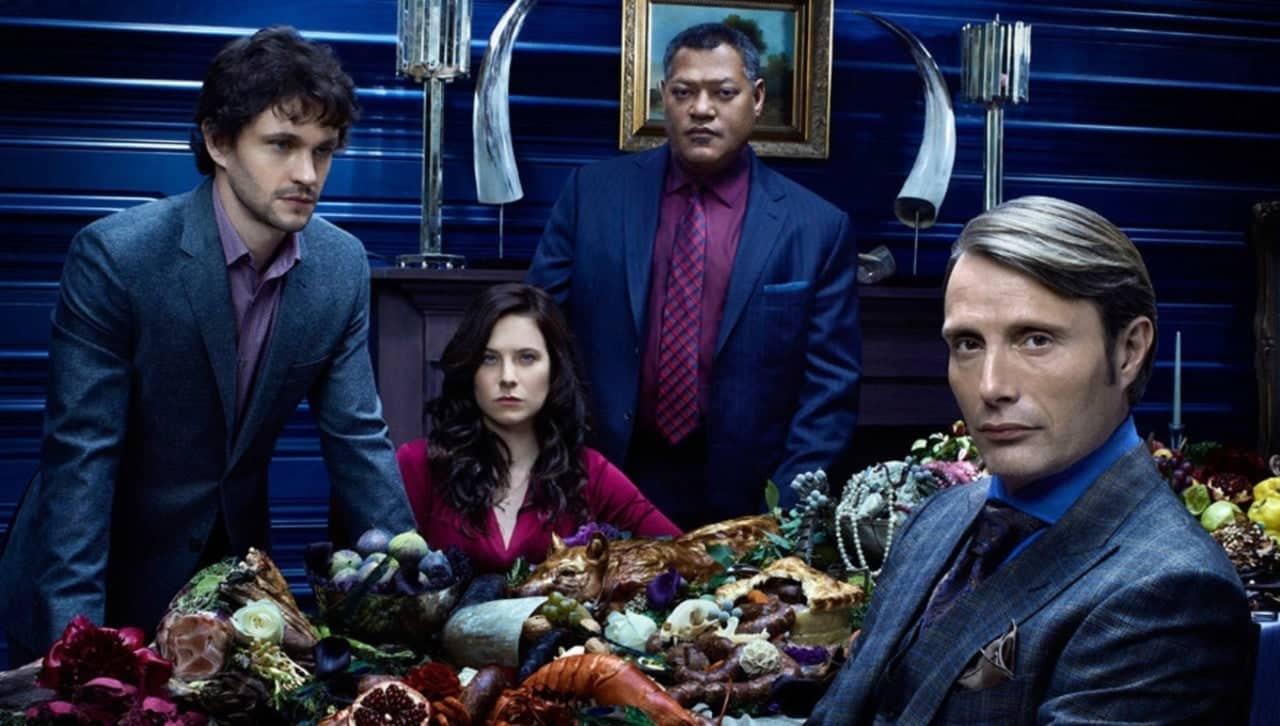
There is something very appropriate in this. Thomas Harris’ novels return time and time again to a very basic horror trope: the idea that people are nothing more than empty bodies that can be utilized by those without empathy or remorse. Hannibal himself reduces bodies to meat. Buffalo Bill uses the skin of his victims to make a person suit. In Hannibal, bodies are often transformed into macabre artistic installations: a cello, a beehive, a totem, even a gigantic eye.
Hannibal does something similar with its own core mythology, bending it into unusual shapes. Hannibal counts on the audience’s familiarity with the details of the source material to allow its indulgences in a hyper-stylized visual aesthetic. Director David Slade set the tone on the pilot, but Hannibal is populated with baroque and abstract imagery: surreal human-animal hybrids, slow-motion reconstructed teacups, splashes of blood on snow. Brian Reitzell’s surrealist soundtrack adds to the strange dreamlike feel of the series.
Audiences may have seen this story before, but they have never seen it like this. Fuller himself has described the show as “fan fiction” of characters that he adores, and that makes sense. Hannibal relies on the media literacy of a generation that has grown up with these stories, one comfortable reconstituting them in novel and interesting ways. The “fan fiction” comparison evokes Henry Jenkins’ description of such reworking as “textual poaching.” It’s about taking the familiar and repurposing its elements while retaining its core identity.
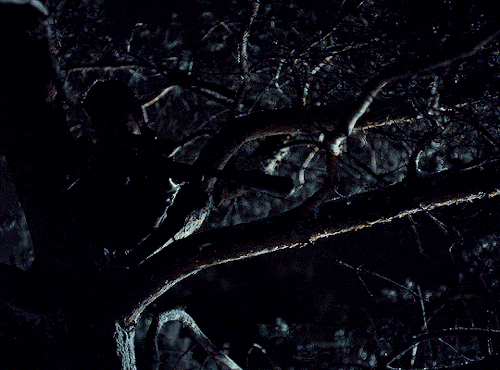
Indeed, Hannibal serves a lot of the same functions as the best fan fiction. Fuller carves out space for perspectives marginalized in the original text. Hannibal is more diverse than Thomas Harris’ source novels, often race- and gender-swapping characters to offer a more inclusive vision of the franchise. Fuller has made a point to tone down the sexual violence in his adaptation, even writing out some of Harris’ homophobia in the treatment of characters like Margot Verger (Katharine Isabelle).
Hannibal is packed with recycled dialogue and imagery. Characters will often quote iconic lines in new contexts, and the show will restage memorable sequences in interesting ways. This is not empty fan service; it is the canny use of a recognizable set of iconography to make a point. Modern audiences are incredibly narratively literate, having consumed hundreds of hours of media in a variety of formats. They understand how stories work, and Hannibal plays on that understanding.
Hannibal consciously engages with the audience’s relationship to the earlier films. Bryan Fuller didn’t have the rights to Clarice Starling, but he uses the new character Miriam Lass (Anna Chlumsky) as a stand-in. Imprisoned serial killer Abel Gideon (Eddie Izzard) plays as a “pretender” homage to Anthony Hopkins’ iconic performance, which might otherwise cast a shadow over the show. This allows for Hannibal to feel like it is engaged in an ongoing discussion with what came before.
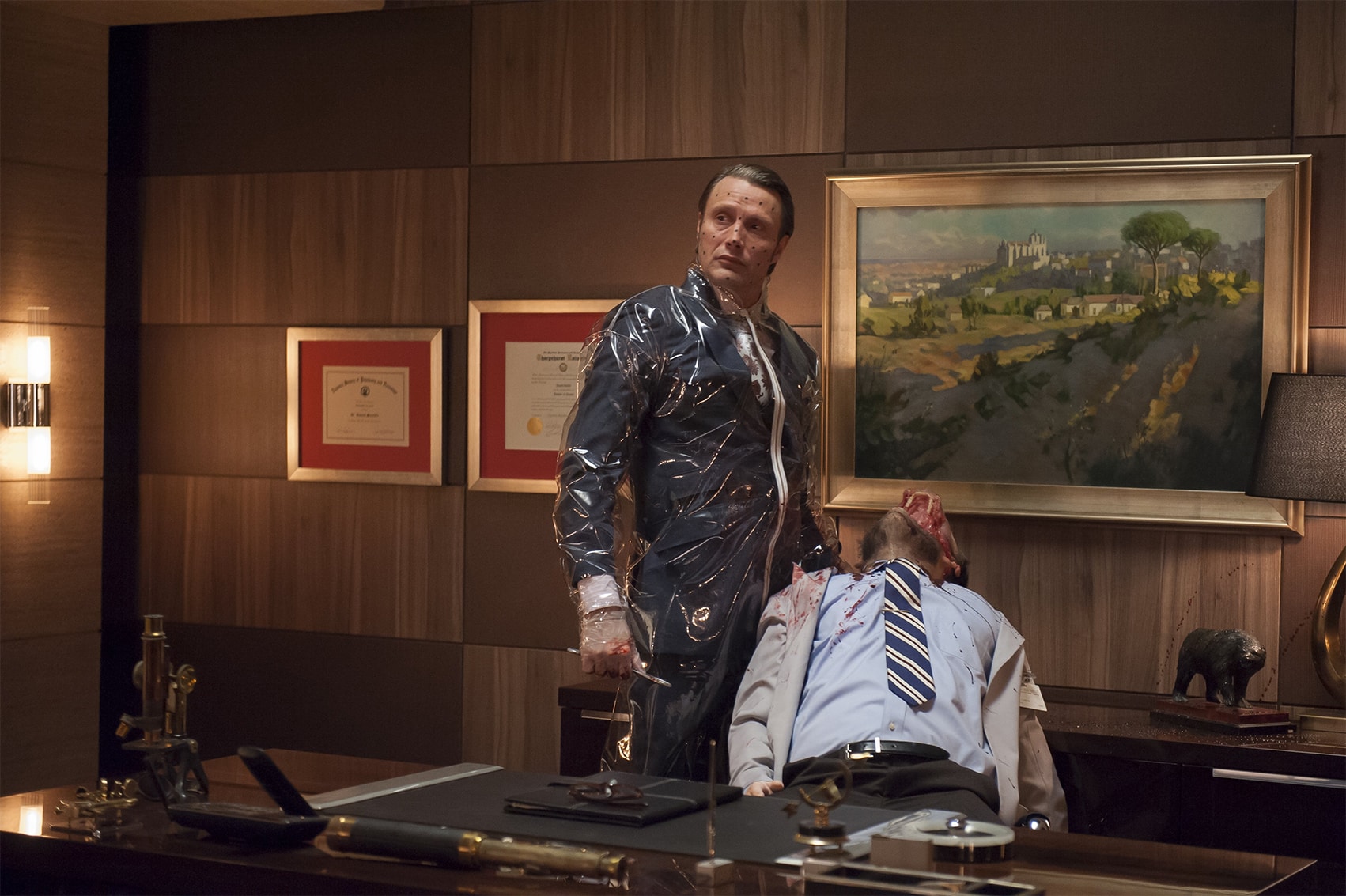
At times, Fuller even skillfully uses the audience’s familiarity with the source material against them. The second season finale “Mizumomo” seems to be building towards Hannibal’s inevitable capture and into the familiar setup of Red Dragon and Silence of the Lambs. Instead, the series takes a sharp and unexpected swerve, allowing Hannibal to make a surprise escape to Europe and setting the stage for a rather unexpected adaptation of Hannibal, the final book in the series.
However, at the heart of all of this is a strong central vision. So many modern franchise reimaginings are little more than sets of recognizable imagery and familiar story beats just repackaged and restaged. Hannibal at least has interesting things to say within its familiar framework. Fuller has talked about how the show began as his own effort to understand “heterosexual male friendship,” even if it evolved into a much more complex story about a toxic relationship and the gravity it exerts.
Rewatching Hannibal since it arrived on Netflix doesn’t just feel like a fever dream – it feels like a miracle. Fuller did so much on prime time network television: grotesque flayed angels with their butt cracks filled with blood to appease Broadcast Standards and Practices, oral assault by a moray eel, kaleidoscopic lesbian sex. Hannibal got away with this for many reasons, such as the peculiarity of the show’s production (It was very cheap for NBC.) and Fuller’s skilled handling of the network.
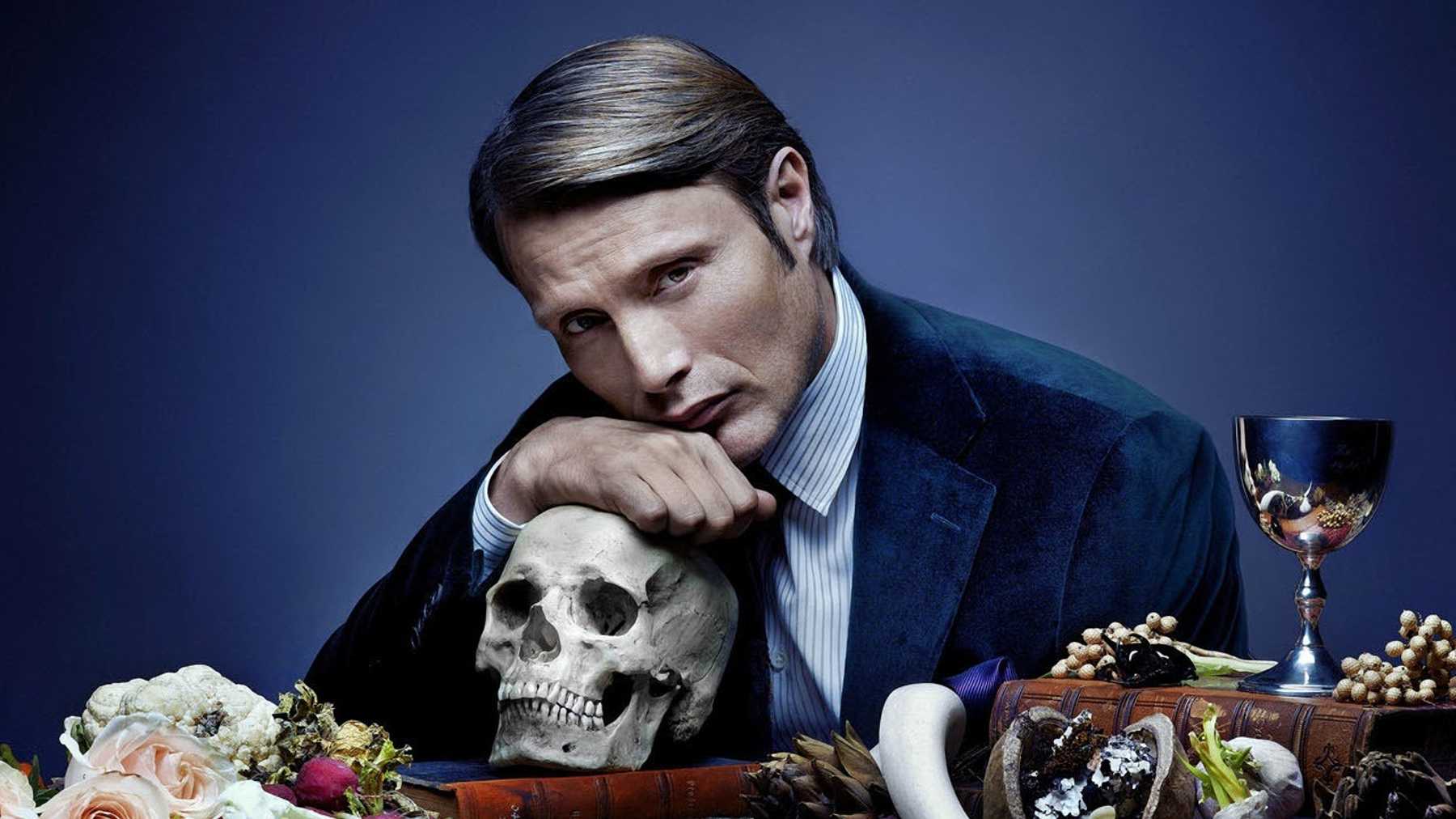
However, it also seems likely that part of why Fuller got away with so much was because he was working with an established intellectual property. The brand name of Hannibal allowed the showrunner to create a three-season-long “pretentious art film from the 80s.” This is very much the ideal of a modern adaptation of an established intellectual property: one that affords its showrunner the freedom to push boundaries, while also offering hidden depths to explore.
In a cultural landscape increasingly dominated by remakes and reboots of familiar characters and concepts, Hannibal demonstrates the potential of such an approach. The show’s long-rumored fourth season may never materialize, but it has already served up a dish worth savoring, even if one might be suspicious where the meat came from.

